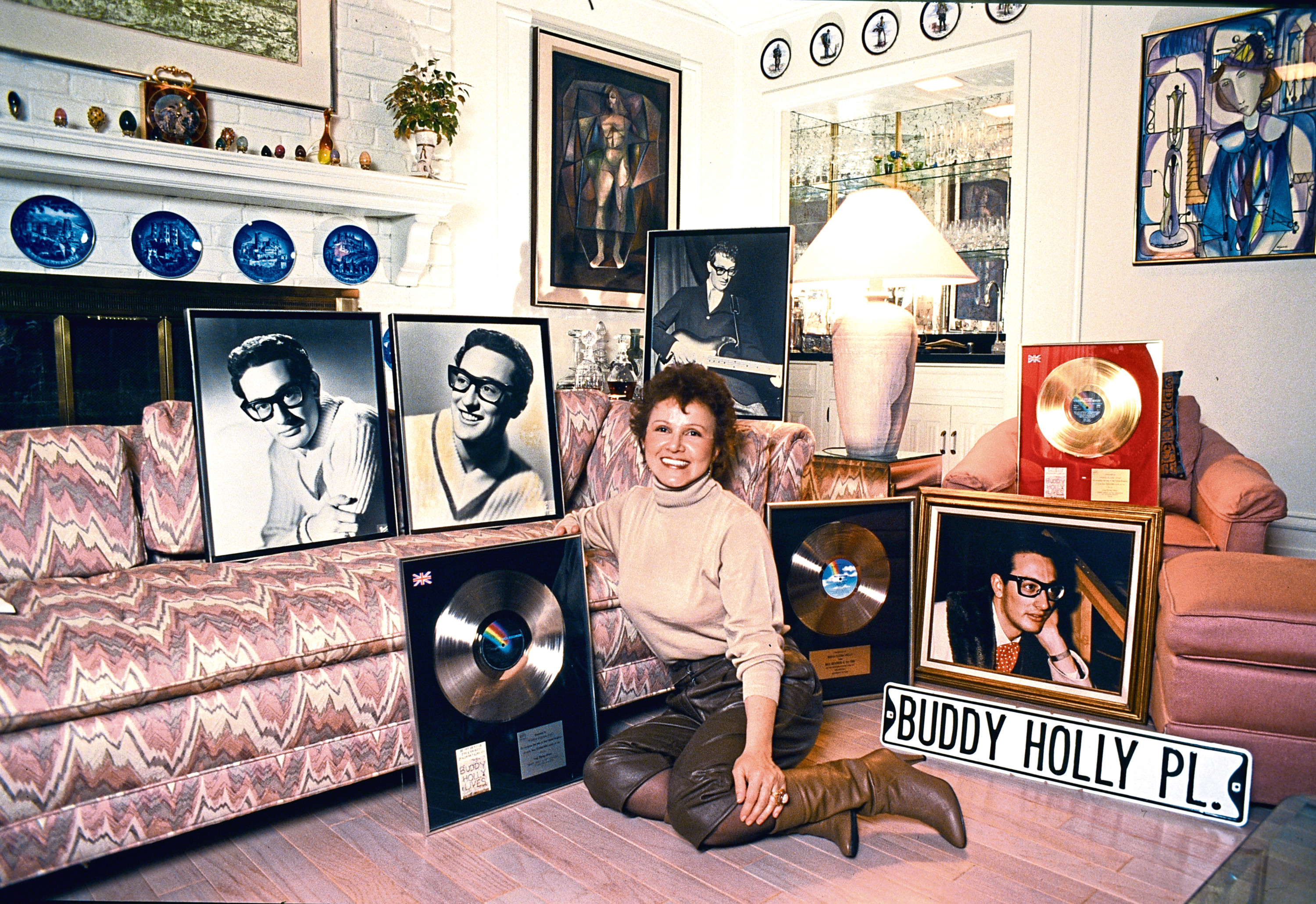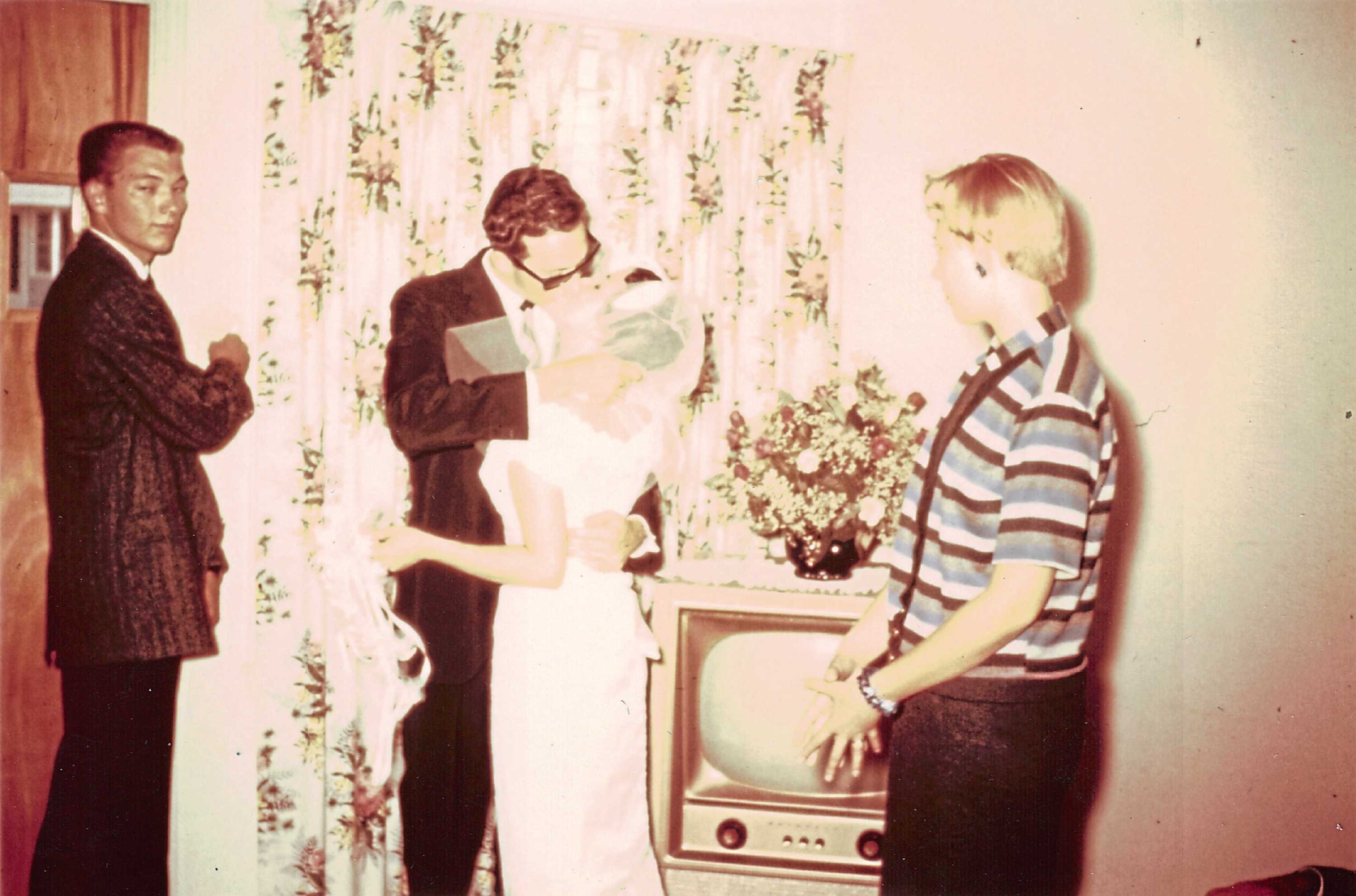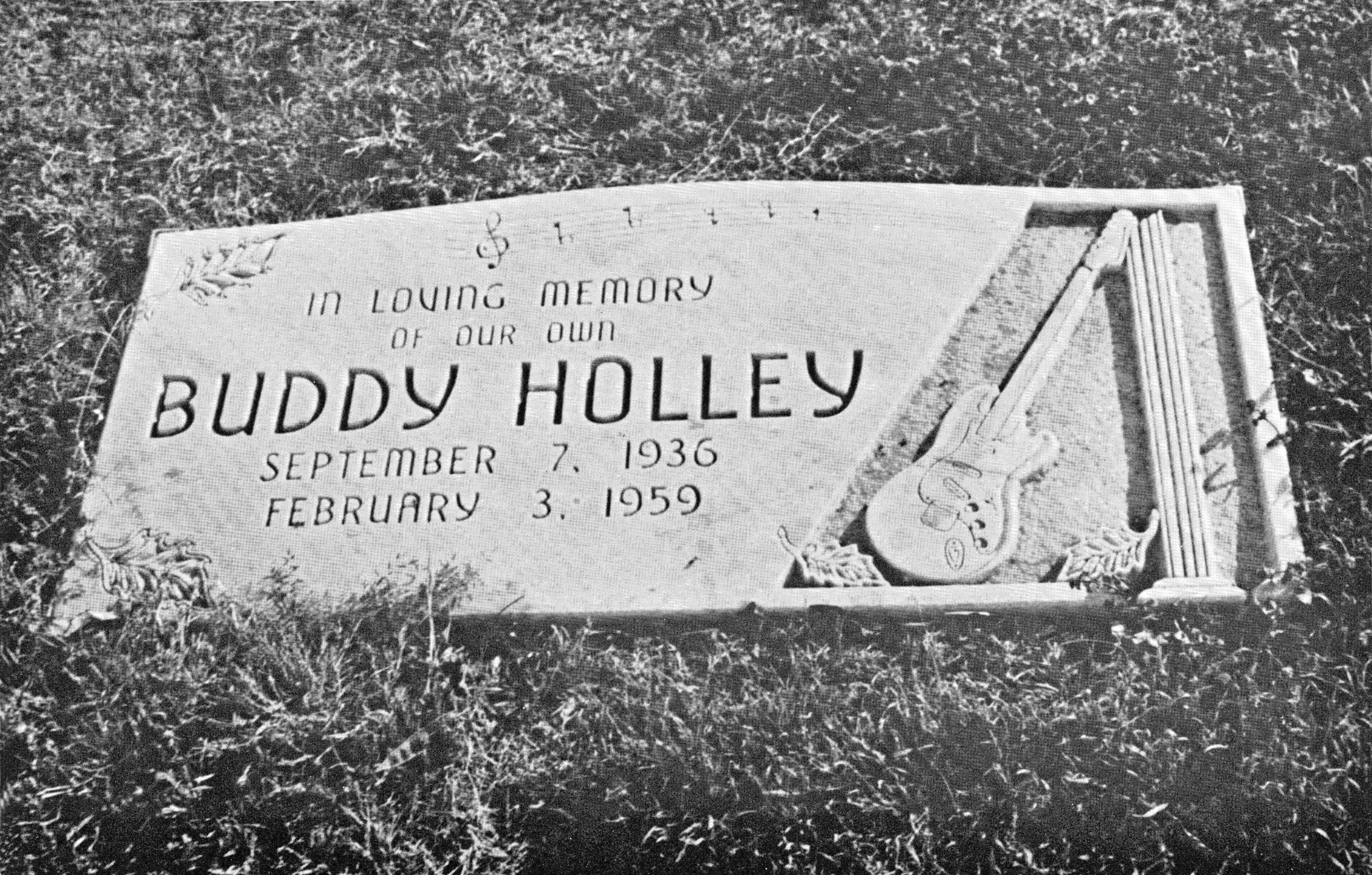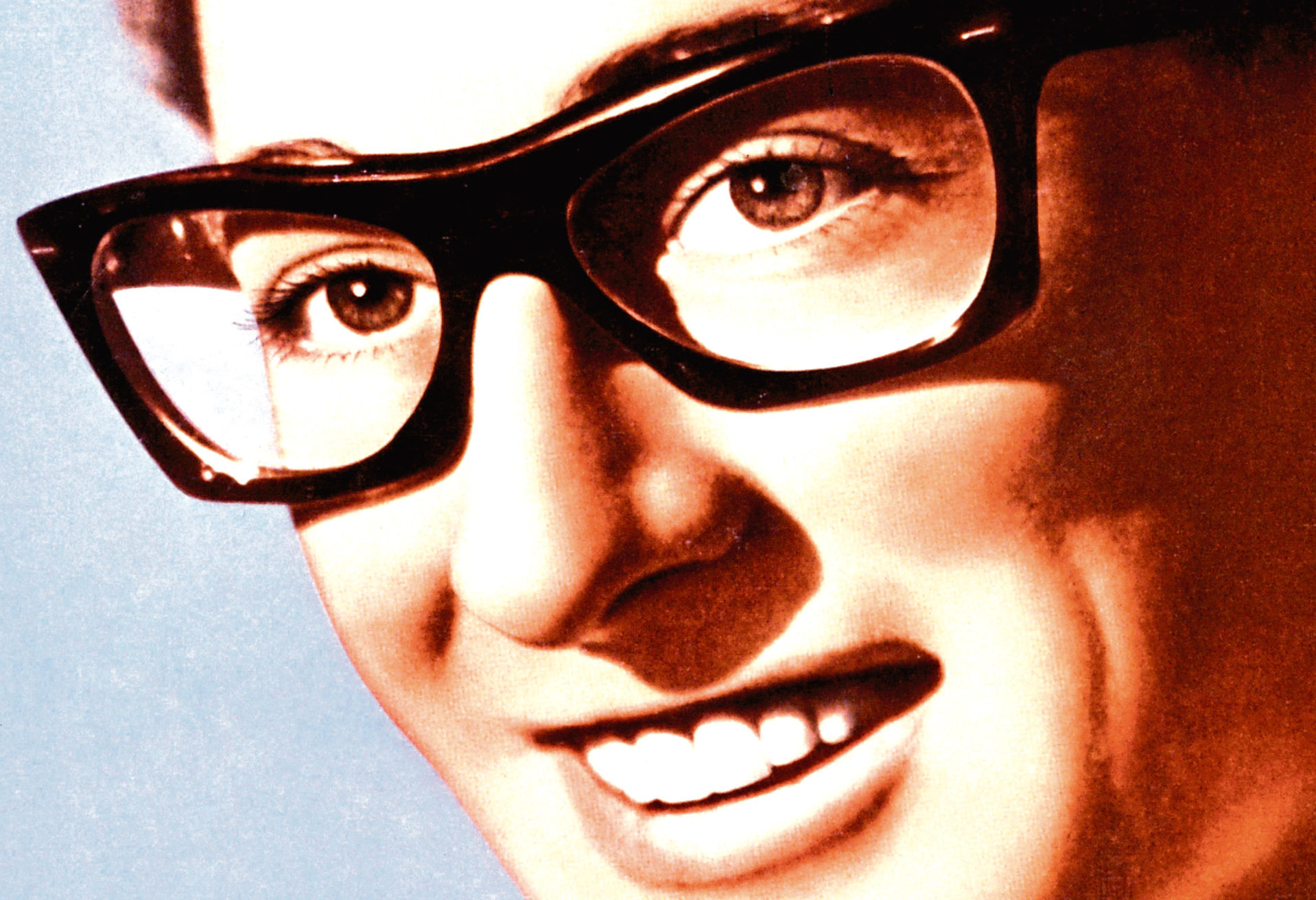
ON January 8 1958 Elvis Presley turned 23 and would within weeks be drafted into the US Army in Arkansas.
Many felt Presley’s absence there and later in Germany would leave the door open for Buddy Holly to stake his claim as the real king of modern music.
On the same day, Buddy and his Crickets joined a big tour, America’s Greatest Teenage Recording Stars.
Days later he would record Rave On and then appear on The Ed Sullivan Show doing Oh Boy, before heading to gigs in Honolulu and then on to Australia and the UK.
He would come home and hire Tommy Allsup on lead guitar before recording It’s So Easy and Heartbeat, but on a trip to New York without his band he did something unusual.
Needing a backing band for more recordings, he signed up jazzy players rather than rockers to record Now We’re One and Early In The Morning.
It’s said Buddy Holly certainly didn’t just love rock ’n’ roll, had varied musical tastes and could have gone off in all sorts of new directions if he had lived long enough.
In fact, the new album on the Decca label, True Love Ways, sees Holly’s voice and guitar backed by the Royal Philharmonic Orchestra, and Buddy did indeed love that kind of music, too.
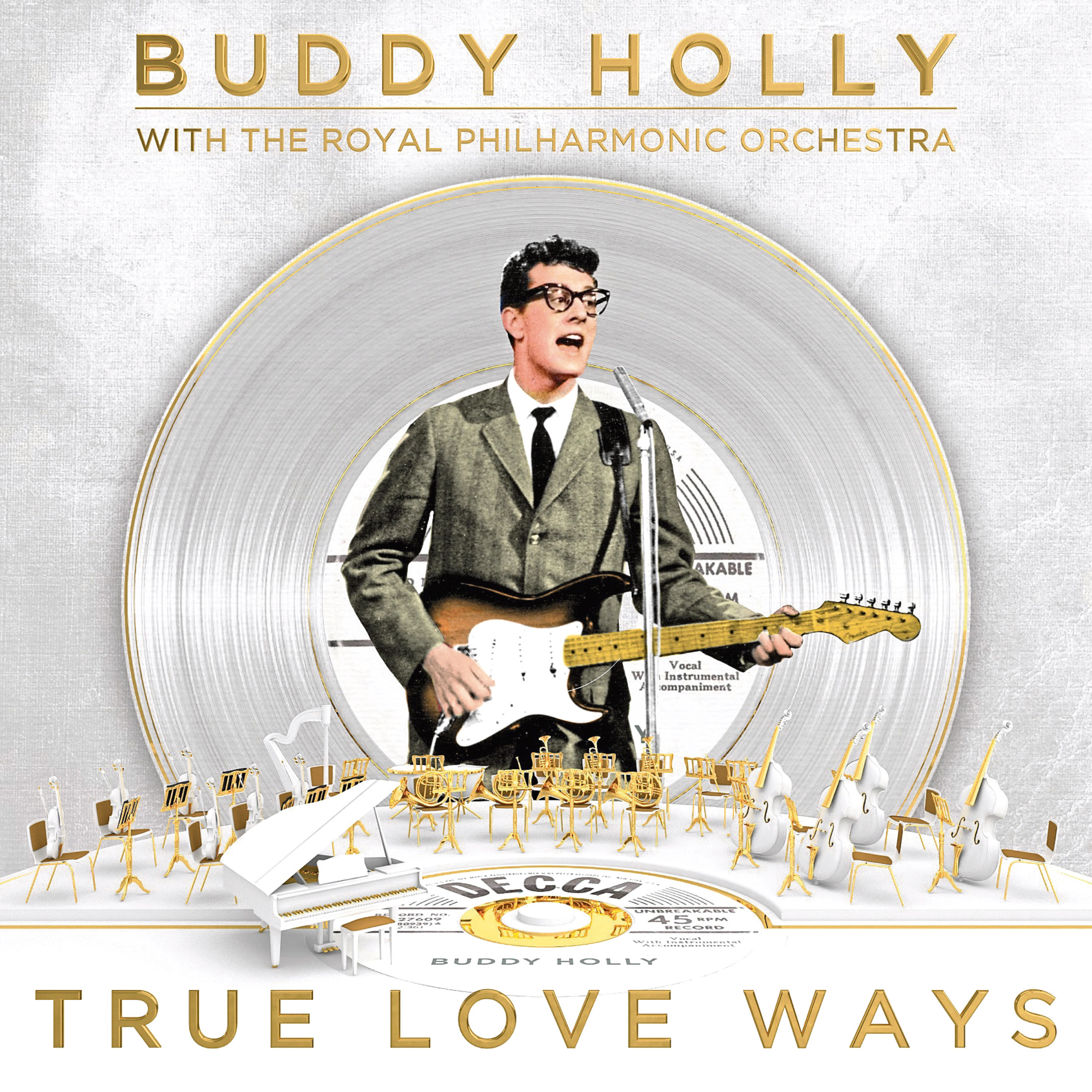
His widow, Maria Elena, says he felt rock ’n’ roll had peaked, adding: “Buddy felt orchestral music in a popular vein was where the future lay, so he wanted to write, record and explore the style.
“So what better combination than the Royal Philharmonic and Buddy’s music? It’s just beautiful.”
Maria Elena said that he had learned to play the violin as a child and had fantasised about writing film scores.
Dying at just 22, of course, has given him a sort of permanent mystery, especially as he rarely revealed anything deep and meaningful about himself in the relatively few interviews he did.
A star for only a year and a half, he averaged almost one concert a day in that time, but appeared in no films, didn’t even leave a will, and had no children.
He did, however, in spite of that fresh face and specs, know how to get just as wild as Elvis, or future rock stars, once he was on stage.
“Before Elvis ever came to Lubbock,” remembered one person who saw him perform, “Buddy was playing electric guitar lying on his back with his legs underneath him, and then swinging back up to the microphone.
“Buddy had stage presence before he ever made it. Offstage, he was the shy next-door neighbour type, but he was totally explosive on stage.”
It was at the height of these many studio sessions, gigs and TV appearances that he met Maria Elena Santiago.
Buddy asked her out almost the minute he set eyes on her, and on their first date proposed marriage. They got married on August 15, just months later. It was impulsive, but he fell for the Puerto Rican, who would also be by his side on tour, although they pretended she was his secretary.
This was because manager Norman Petty feared losing many female fans if they realised their idol was now married and unavailable.
Buddy wore a smart suit and tie for the wedding in Lubbock, though his nerdy sunglasses did look a bit out of place. He towered over his new wife by at least a foot, but they were clearly mad about each other. He wasn’t, sadly, so mad about his band and around this time he split from the Crickets, the new Mr and Mrs Holly moving back to New York.
They set up home in trendy Greenwich Village, and Buddy spoke about his dreams of moving into movies and mastering flamenco-style guitar.
Clearly, he had lots of ideas of how his future would pan out, and it is fascinating to imagine what might have been.
Buddy had even registered for acting classes at Lee Strasberg’s famous Actors Studio, where James Dean and many other superstars learned the joys of method acting and other styles.
The reason for the band split was Petty, according to many sources. He disapproved of the marriage, of course, and this led to Buddy wondering out loud why Petty had control of all the money.
The band themselves were also asking questions about cashflow and who controlled the purse-strings so it was not a happy camp. On tour, his new wife would also look after the laundry and make sure the amplifiers and drums were in place and good condition – tellingly, she was also chosen to collect the money from concert halls each night.
It is thought that Buddy intended to fire his manager, presumably replacing him permanently with his new wife.
Maria was also privileged to get a bird’s-eye view of the man writing his newest songs, many of which have never seen the light of day. Buddy would often record new songs in demo form, on just acoustic guitar, in their Greenwich Village apartment. Crying, Waiting, Hoping and What To Do were among these.
At the end of 1958, blissfully unaware it would prove to be the last full year of his young life, Mr and Mrs Holly went off for a December vacation.
Buddy would come home content in the knowledge that he had a brilliant new band to accompany him on the road.
Waylon Jennings, destined to become a superstar himself, came in on bass guitar, with Carl Bunch on drums completing a tight rhythm section, and Tommy Allsup was on guitar.
Buddy and Waylon headed for New York City in mid-January, Holly putting his bass man up at his apartment. After taking a train to Chicago to meet Carl and Tommy, they headed to Milwaukee on January 23 for the start of the Winter Dance Party tour.
If this initial bit of travelling had been simple enough, it soon became apparent that travel would become a major headache.
For one thing, there were vast distances between one venue and the next, a fact no-one had apparently given much thought to when scheduling the tour dates.
With a tour bus lacking heating and which would break down twice in frozen conditions, Carl Bunch got frostbite in his toes and was hospitalised. It came as no surprise when Buddy decided enough was enough and sought alternative transport.
With a February 2 date at Clear Lake, Iowa, coming up, he chartered a four-seater plane, a Beechcroft Bonanza, from Mason City’s Dwyer Flying Service.
Buddy, Waylon and Tommy would go from their show at Clear Lake by plane to the next one, Moorhead, Minnesota, via Fargo, North Dakota.
That Clear Lake gig ended shortly before midnight, and Tommy agreed to toss a coin with Richie Valens to see who got that comfy seat on the plane, who got a horrible seat on the frozen bus.
Richie, just 17, was a Mexican-American who had huge hits with La Bamba and Donna in a career that lasted just eight months. He was delighted to see the coin land heads, getting him on the flight. As Tommy would later admit: “That’s the first time I’ve ever won anything in my life.”
It would, of course, save his life.
Waylon, too, tasted incredible good fortune, having volunteered to give his seat to the Big Bopper.
Real name Jiles Perry Richardson, Jr, he was 28, relatively old among these young musicians, and Chantilly Lace from the previous year would be his best-known song.
Fearing the worst as he already had flu and was dreading more days and nights on the bus, the Big Bopper was as large as his name suggests and complained of being too big for a small bus.
The plane, he hoped, would be much better, and Waylon Jennings resigned himself to more discomfort on the road rather than a quick flight.
Pilot Roger Peterson took off in dreadful weather on February 3 1959, on what would become known as The Day The Music Died. Just 21, some have claimed over the years he was somewhat inexperienced, but other pilots have come out and backed him. One even did his own investigation and claimed that Peterson had flown from that airport in all kinds of weather conditions, at all times of night and day.
Then again, an awful lot of stuff has come out about the crash that killed Buddy, the Big Bopper, Richie Valens and Roger.
It’s not so long ago that the Big Bopper’s family had his remains exhumed amid dark tales of guns being fired during the flight that killed them. What we do know are the “facts”, as stated since the time of the crash.
The aircraft came down into cornfields five miles north-west of the Iowa airport at Mason City, shortly after it took off. Most reports have blamed the pilot for opting to take off in bad conditions when not sure he had the instruments to get him to his destination safely. All four on board died.
Buddy Holly’s funeral took place on February 7 1959 at the Tabernacle Baptist Church, Lubbock, the service officiated by the same man who had done his wedding months before.
His headstone has the right spelling of his surname, Holley, and a carving of his favoured Fender Stratocaster guitar.


Enjoy the convenience of having The Sunday Post delivered as a digital ePaper straight to your smartphone, tablet or computer.
Subscribe for only £5.49 a month and enjoy all the benefits of the printed paper as a digital replica.
Subscribe